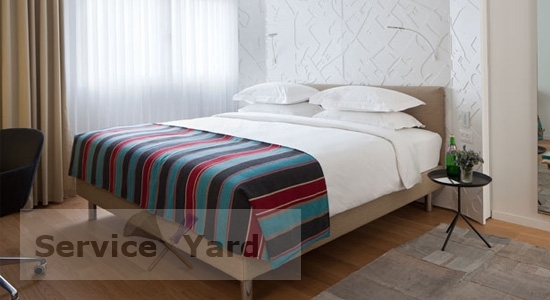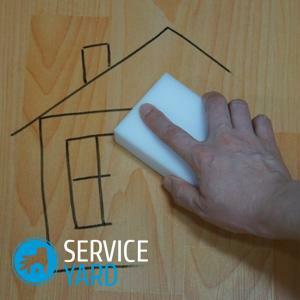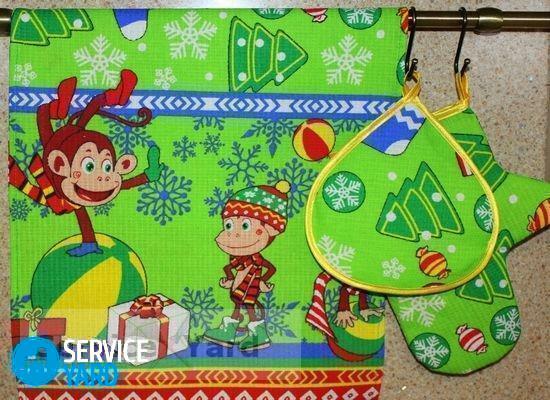Tile is the most practical lining for any premises where hygienic cleanliness is required, as well as mechanical strength and moisture resistance. It is difficult to find a more suitable option for finishing the bathroom. It is easy to take care of tiles, but it serves for decades - until it gets bored or completely out of fashion. And this somehow reconciles with its high cost. However, the choice should be taken seriously: the tile of mistakes does not forgive. If you do not think through the consequences of your purchase, then you will not be able to replace the tile with "little blood".This is not a wallpaper.
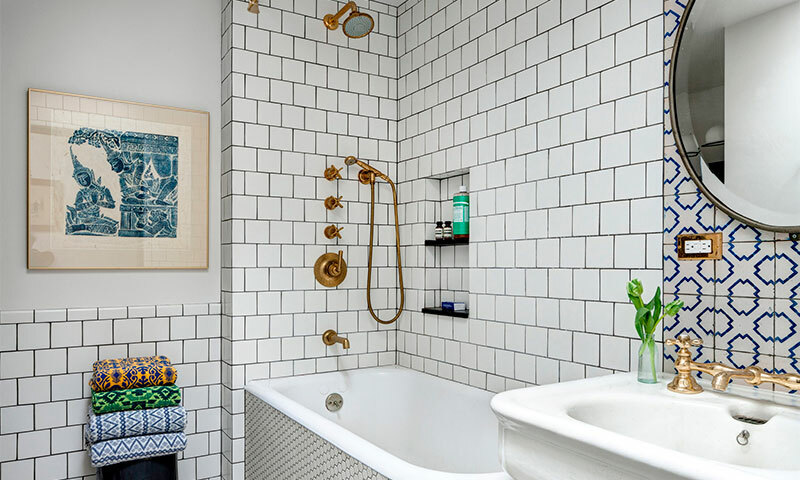
Contents:
- The best bathtub manufacturers
- Bathroom tile designs
- Bathroom tile selection options
- Which bathroom tiles to choose
- How much does the bathroom tile
cost? The best bathroom tile manufacturers - which firm to choose
GoodThere are a lot of tile manufacturers, but most of them are Italian and Spanish companies. It was there that some 1000 years ago the first masters appeared, who made beautiful ceramic facing. But Western Europeans did not make the best manufacturers of tiles for many centuries the experience of local artisans. Simply on the territory of Italy and Spain are the largest deposits of white clay, from which you get impeccable for quality ceramic tiles.
If you want to make a luxurious renovation in the bathroom, choose the lining of the following companies:
1. Kerama Marazzi
2. Fap Ceramiche
3. Ceramine
4. Golden Tile
5. Cersanit
The assortment of these manufacturers is huge,and the tile itself is of high quality and beautiful design. More in detail with their best collections you can find in our rating of the best producers of ceramic tiles. But you need to choose a specific version of the finish yourself.
Types of tiles for the bathroom
Not ceramic unified! Modern manufacturers offer to revet the bathroom not only with clay tiles( although it is the most popular).For finishing, other hygienic and durable materials can be used: glass or porcelain stoneware. Let's compare their pros and cons.
Ceramic tiles
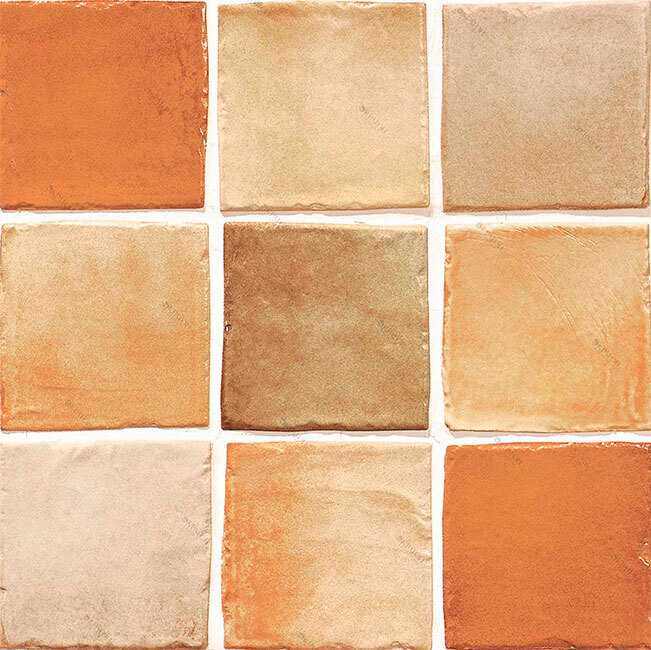
The most common material from molded and fired clay. Depending on the type of surface, such a tile can be smooth to glossiness or rough. In any case, this is a very strong material that is not afraid of high humidity and does not create problems in the care. Its only drawback is fragility. With a point impact, the tile simply splits.
Pros:
- After compaction and glazing, the surface becomes waterproof;
- Durability and abrasion resistance;
- Easily withstand the heavy weight of furniture and appliances;
- Does not conduct electric current;
- Unreal wide range.
Cons:
- Friability;
- High cost per square;
- Due to the peculiarities of the manufacturing technology, it can have deviations in shape and size.
Glass tile
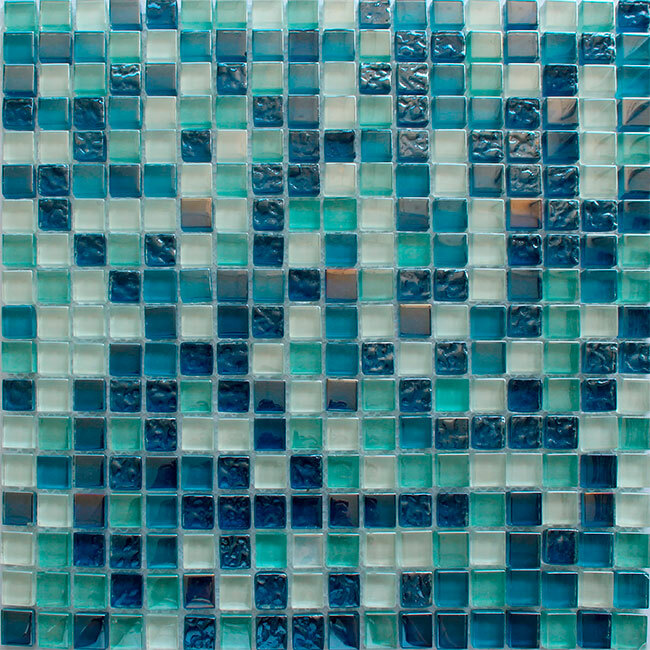
A relatively new version of the finish for wet rooms, but the bathroom looks interesting. Glass tiles are produced in the same formats as tiles, and in styling it is no different from its older colleague. But the unique glossy shine and "depth" have become her business card.
Glass trim is also available in a fairly wide range: it can be opaque and back color, smooth, matte and rough. And yet it is easy to "hide" the picture or small decor( flowers, glitter, etc.).
Pros:
- High strength and durability;
- Resistance to scratches, chips and abrasion;
- Absolute water resistance and hygiene;
- Great opportunities for decoration;
- Always the perfect shape.
Cons:
- High price;
- Heavier than ceramics.
Porcelain tiles
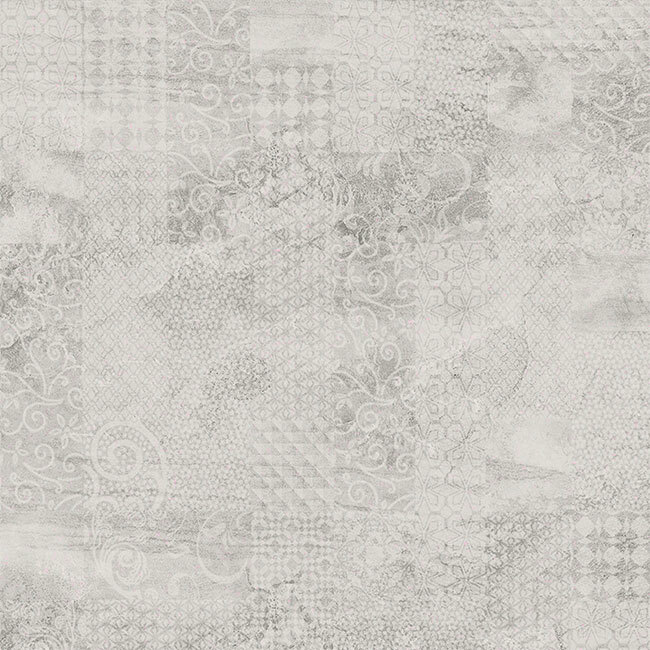
Gathered all the advantages of tile and granite. This composite material is very durable and can last at least 50 years. Its moisture resistance is even higher than that of ceramics, and approaches the characteristics of tempered glass. Also, porcelain stoneware is not affected by chemicals.
Pros:
- Maximum durability and wear resistance;
- Practically 100% waterproof;
- Not as fragile as tile;
- Good choice in terms of design;
- Ideal for laying on the floor.
Cons:
- Very heavy.
Rectified tiles
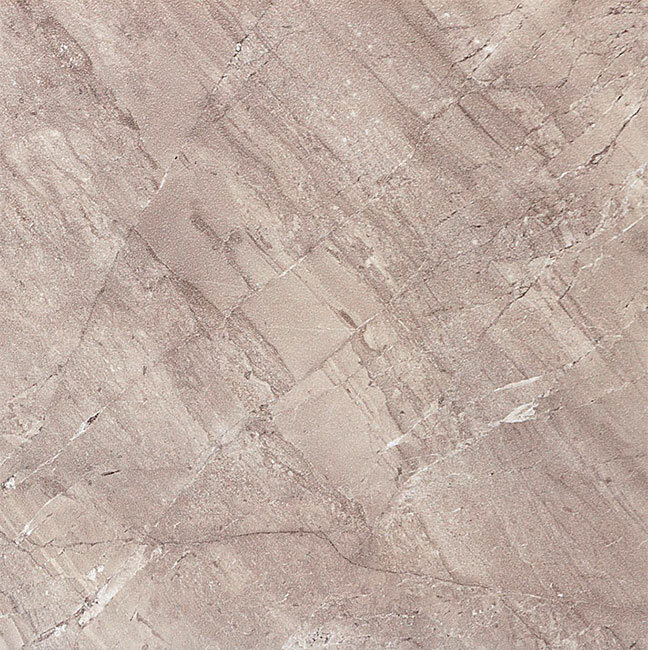
In fact, rectified can be and tile, and porcelain stoneware. This is not a material feature or even a production technology, but a special way of cutting, which allows you to obtain a lining with perfectly flat edges. This kind of tile appeared relatively recently, but now European companies are switching to the production of "high precision" tiles.
Pros:
- Perfect fit of joints;
- Fits with minimal seams, which simplifies tile care;
- Large selection of shapes, sizes and colors.
Cons:
- Requires a well-leveled base.
Tile selection parameters for the bathroom
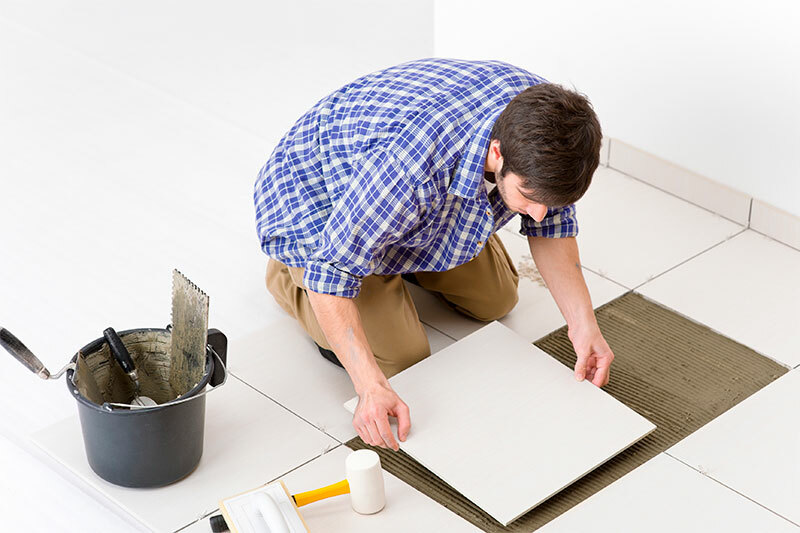
First you need to understand what the marking means on the tile packaging. This will allow you to learn a lot about the features of the selected finishes.
We are interested in the following icons on the tile packaging:
1. Hand or foot - this pictogram will tell you whether this tile is used for walls or floors.
2. The sole on the inclined surface is the coefficient of friction. Important when choosing a safe floor tile in the bathroom.
3. A strip with two arrows( top and bottom) - the thickness of the tile.
4. Gear with the inscription PEI under it and the Roman numeral( from 1 to 3) - shows resistance to abrasion.
5. A flask with a Latin letter( from A to D) - the degree of resistance to aggressive chemicals."A" denotes maximum resistance, "D" - the minimum.
Type of ceramics
Tile, ceramics - all these are just common names of natural cladding.
In fact, such a tile can be made from different types of clay and have a number of differences in production technology. All of them need not be known - it is enough to be able to distinguish the main varieties:
1. Earthenware
White clay tile, very plastic and strong even with a small thickness. It is considered the best in the world. The faience is obtained by pressing and double firing, while refractory substances are added to the white clay. Such a tile is very expensive, often has a beautifully decorated surface, so it is usually bought only for facing the walls.
2. Majolica
Another expensive product, characterized by high temperature resistance. And although such a tile is made from a fairly common red clay by pressing and double firing, the cost may not be lower than that of faience. All due to the fact that they decorate the majolica with hand painted over opaque glaze. To save the picture, this decoration is used only as an additional decoration in the driest areas of the bathroom.
3. Gres
It is made of red and white clay by pressing under very high pressure followed by firing. Despite the absence of glaze, this tile practically does not absorb moisture - all due to the high density of the surface. True, you have to pay for it with a very high weight of finish( up to 20 kg / m2).
There are several other types of ceramic tiles, but they are not suitable for bathroom finishing for one reason or another.
Wear resistance
The tiles in the bathroom can be laid on the walls and on the floor. That's just the resistance to abrasion from it will require different. According to this parameter, ceramics is divided into 5 categories and denoted by a number next to the inscription PEI.Tiles of the first class are the least resistant to abrasion and are used only for facing walls.2 and 3 PEI is suitable for laying on the floor. The fourth and fifth category is already finishing for rooms with high traffic, in the family bathroom it is not needed.
Surface properties of
Two characteristics are important here: water absorption and roughness.
Glass tiles and porcelain tiles have zero water permeability, so they can be safely used in the bathroom. But ceramics itself is porous and needs additional protection. To do this, its surface is compacted on production and necessarily covered with a layer of glaze. And if you do not like glossy shine, you can always choose products with a matte effect.
Roughness is important for floor tiles, because the wet floor is likely to slip and get serious injury. The required coefficient of friction is achieved by applying a special granular sputtering, as well as using relief patterns. For the floor, choose a tile with a roughness of at least 0.75, for walls this parameter does not matter. On the other hand, maintaining the purity of rough surfaces is more difficult than glossy, since dirt accumulates faster on it.
Dimensions
The format of the tile determines the complexity and speed of its installation. Large elements are easier to lay and faster, small ones will be forced to tinker with both sticking and grouting. But the size of the individual elements determines what visual effect will create the lining in the room. For example, in a spacious bathroom from a shallow mosaic will ripple in the eyes, and the large-format finish in a small room will make it visually even closer.
In terms of size, tiles are divided into 4 categories:
1. Large - this refers to a tile with one side longer than 40 cm, regardless of shape.
2. Medium - the standard version with a length of 15 to 30 cm.
3. Small - has dimensions on one side from 6 to 10 cm( less often 15).
4. Mosaic - a special kind of square tile( glass or ceramic) with sides from 1x1 to 5x5 cm.
Recently, the tile "boar" has become fashionable. It can have different sizes: from 7.5x10 to 8.5x28.5 cm, but the most popular format is 10x20 cm. The peculiarity of this finish is that the tile looks like a brick and even has quite reliable chamfers. Alas, it is on them quickly collected dust and limescale, which will be difficult to clean.
Which bathroom tile to choose
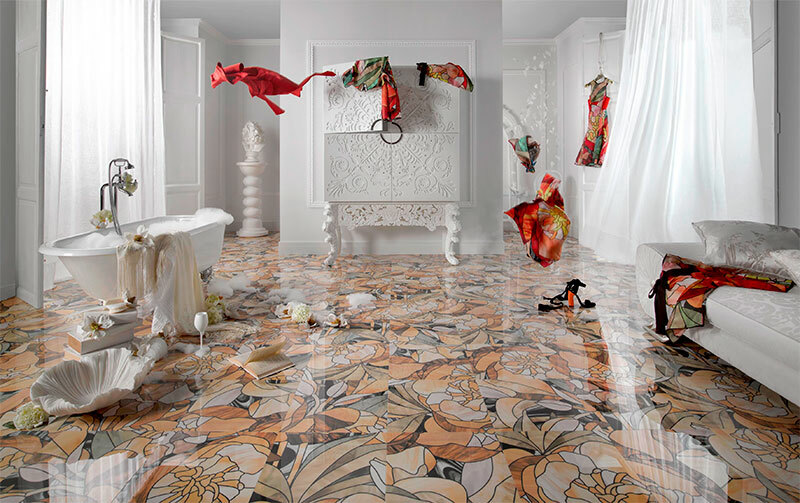
1. On the floor it is better to buy a strong porcelain tile or wear-resistant tiles with a PEI of at least 2-3 and a roughness of 0.75.
2. For walls, take any glazed tile that you like, not particularly chasing the strength, so as not to overpay.
3. If you want the decoration to last more than a decade and not split, choose ceramic gres. But keep in mind that such a tile is very heavy and will only hold on concrete or brick walls.
4. The owners, who adore sterile cleanliness and hygiene, will like glass tiles. It does not absorb moisture at all, safely carries cleaning with abrasives and aggressive chemicals, and it looks even better than exclusive ceramics.
5. For those who have a shower in the bathroom, it is best to take a rectified tile on both the floor and the walls. It is very difficult to wipe limescale from wide joints, and you will be relieved of such problems.
6. For decorating relatively dry areas, you can choose a mosaic or majolica. They will decorate the interior of the bathroom, and due to less exposure to moisture and more rare cleansing, the attractive appearance will last longer.
How much is the bathroom tile
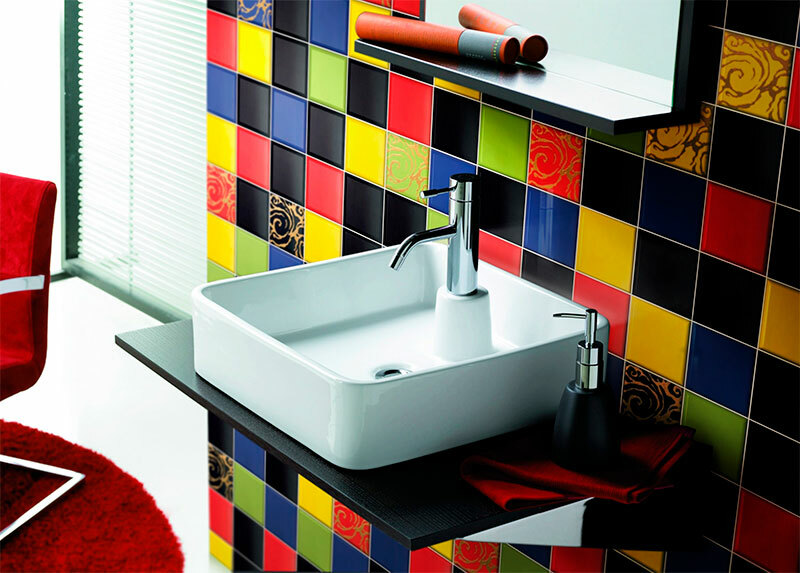
1. The usual tile for walls can be bought at a price of 200-400 rub./m2.
2. Ceramic tiles from white clay and painted majolica will cost you 30 to 6000-7500 rubles, but already apiece.
3. For gress it is necessary to give from 25-35 to 10-11 thousand rbl.
4. Mosaic costs from 150 to 80 thousand rubles. / Square.
5. Glass tiles are sold at a price of 600 to 20 thousand rubles per 1 m2.
6. Ceramic granite was on average the cheapest - from 400 to 8000 rub./m2.

